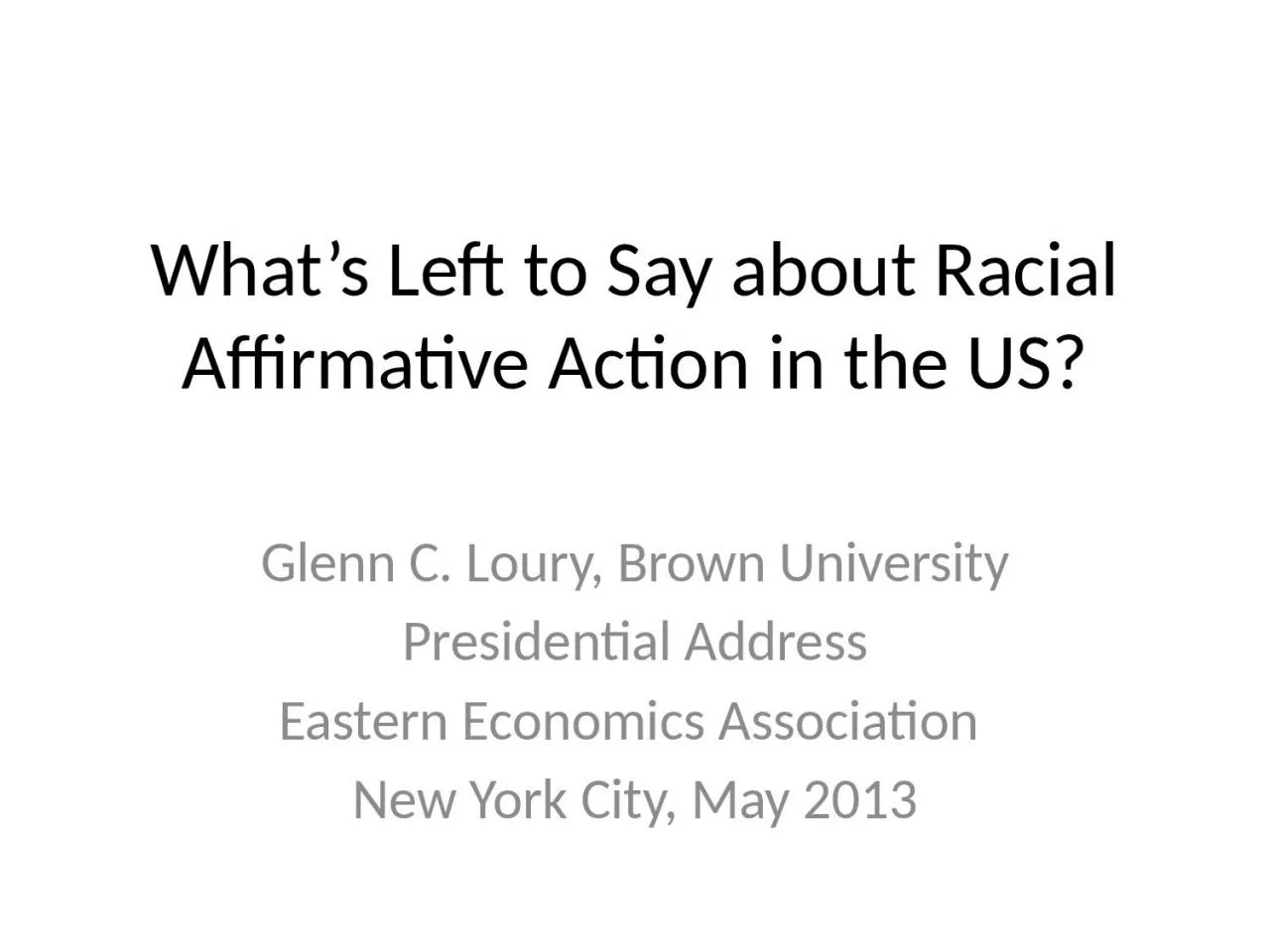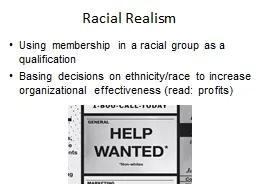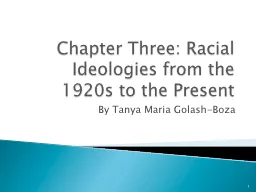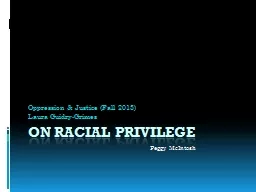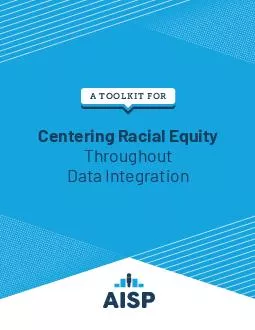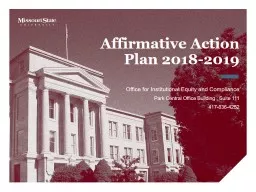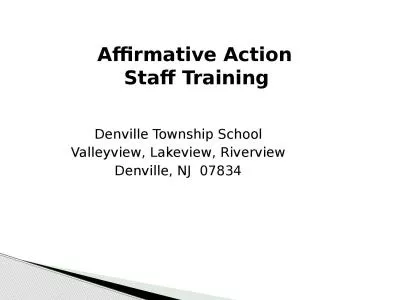PPT-What’s Left to Say about Racial Affirmative Action in the US?
Author : murphy | Published Date : 2024-01-13
Glenn C Loury Brown University Presidential Address Eastern Economics Association New York City May 2013 AA concern about race concern for equality of groups
Presentation Embed Code
Download Presentation
Download Presentation The PPT/PDF document "What’s Left to Say about Racial Affirm..." is the property of its rightful owner. Permission is granted to download and print the materials on this website for personal, non-commercial use only, and to display it on your personal computer provided you do not modify the materials and that you retain all copyright notices contained in the materials. By downloading content from our website, you accept the terms of this agreement.
What’s Left to Say about Racial Affirmative Action in the US?: Transcript
Download Rules Of Document
"What’s Left to Say about Racial Affirmative Action in the US?"The content belongs to its owner. You may download and print it for personal use, without modification, and keep all copyright notices. By downloading, you agree to these terms.
Related Documents

